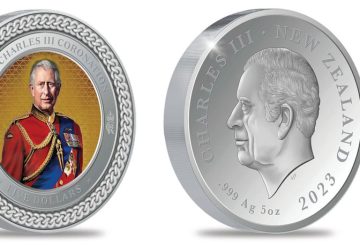매시 대학교 학생들은 이과 대학을 대폭 축소하기로 한 결정을 재고할 것을 기관에 촉구하고 있습니다.이 대학교는 최근 모든 공학 과정을 종료하고 자연과학부를 식품 및 첨단기술 대학과 통합하겠다는 제안을 발표했습니다.이러한 움직임은 본교가 내년에 5천 3백만 달러의 손실을 예상함에 따라 나온 것입니다.
이에 대한 응답으로 약 70명의 학생이 대학 지도부에 보내는 공개 서한 초안을 작성했습니다.학생 대표인 피비 모스 (Phoebe Moss) 는 이러한 감원 조치가 연구를 방해하고, 잠재적 직원에 대한 관심을 감소시키며, 자연 과학에 대한 기관의 영향력을 낮출 것이라고 강조했습니다.그녀는 또한 이번 삭감이 교육의 질, 교육 과정 가용성 및 교직원 사기에 미치는 영향을 강조했습니다.
학생들은 대학이 직면한 재정적 어려움을 인정했지만 제안된 변경 사항이 현재 학생과 미래 학생, 그리고 더 넓은 학계에 해를 끼칠 것이라고 믿고 있습니다.학생들은 자연과학부를 보존할 수 있는 해결책을 찾기 위해 보다 포괄적인 대화를 모색하고 있습니다.
본교는 이미 재정적 부담을 해소하기 위한 조치를 취했습니다. 자발적 해고를 제공하여 약 20명의 직원이 퇴사하여 연간 2백만 달러를 절약했습니다.하지만 추가 변경 없이 2024년까지 이 대학에 1,200만 달러의 적자가 발생할 것으로 예상됩니다.
얀 토마스 (Jan Thomas) 부총장은 레이 게어 (Ray Geor) 전 부총장에게 재정적 생존을 보장할 수 있도록 권한을 부여했습니다.이러한 우려에 대해 Geor는 대학이 피드백을 소중히 여기며 대체 솔루션에 대해 열린 태도를 유지하고 있다고 말했습니다
.





























































